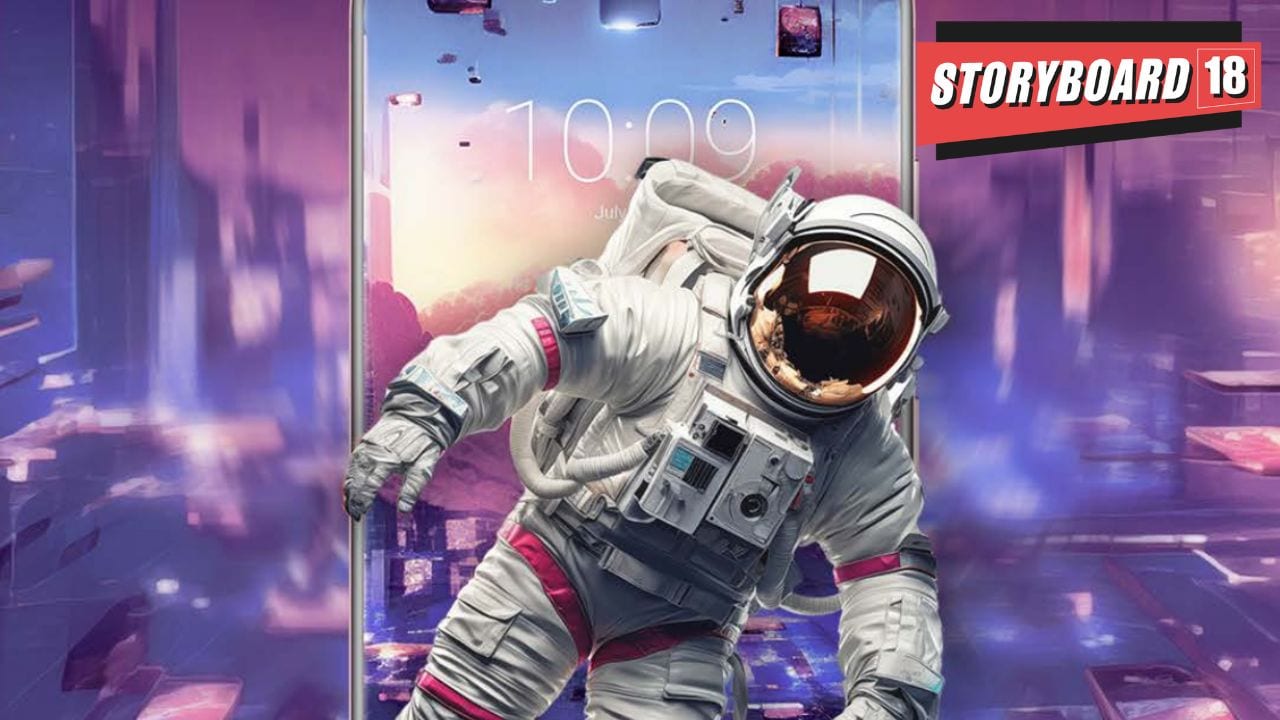In today’s digital age, where consumers are glued to their smartphones, brands are constantly seeking innovative ways to capture attention and drive meaningful engagement. With India emerging as a mobile-first market, the dynamics of consumer interaction are evolving rapidly. The key to success lies in understanding and adapting to the needs of the new ‘Always-on’ user—a segment that craves seamless, efficient, and instant experiences, even before unlocking their devices.
The latest edition of InMobi’s Mobile Marketing Handbook (MMH) 2024 sheds light on this transformative landscape, offering strategic insights into leveraging smart lock screens to establish early consumer connections and inspire purposeful action. Brands find themselves at a crucial juncture, necessitating an evolution in their marketing approach to meet the evolving demands of Indian consumers.
India’s Mobile-First Phenomenon
With consumers dedicating an average of 4 hours and 5 minutes daily to their smartphones—surpassing the global average by nearly an hour—India stands as a testament to the mobile-first phenomenon. From social networking to gaming, entertainment, and utility apps, mobile usage spans across various facets of daily life. This surge in mobile consumption has given rise to a new breed of ‘Always-on’ users, who seek instant gratification and seamless experiences with a single tap.
The Rise of the ‘Always-on’ User
In the pursuit of efficiency and convenience, ‘Always-on’ users have redefined the rules of engagement in the digital realm. These individuals find value in frictionless access to information, services, and entertainment, even before unlocking their smartphones. This paradigm shift underscores the significance of the lock screen—a once dormant space now transformed into a dynamic platform for consumer engagement.
By leveraging the lock screen, a surface that consumers interact with over 70 times a day, brands can drive awareness, consideration, and interaction, ultimately inspiring meaningful actions. Real-world examples from leading brands such as Pizza Hut, American Tourister, and Swiggy underscore the efficacy of smart lock screen advertising in driving tangible results.
Pizza Hut’s campaign targeted India’s youth, delivering serendipitous discovery of deals and promotions directly on the lock screen, resulting in 1.18 million clicks – their highest-ever single-day activity on their website. Similarly, American Tourister capitalised on cricket fever by strategically showcasing its products to millions of consumers on lock screen, reaching 2.72 million consumers in India.
Swiggy, on the other hand, leveraged hyperlocal targeting to deliver personalised offers and drive first-time orders. This led to a 29 percent month-on-month increase in first orders on food delivery, one-click install was a cherry on the cake as foodies instantly installed the app while consuming content.
As we navigate the ever-evolving landscape of mobile marketing, it’s imperative for brands to embrace technological advancements and consumer-centric strategies. Adapting to the needs of ‘Always-on’ users requires a holistic approach—one that prioritises seamless experiences and meaningful interactions. With advancements in AdTech and the proliferation of smart lock screens, brands can create mobile experiences that resonate with their audience.
The era of smart lock screen advertising marks a paradigm shift in mobile marketing—a shift fuelled by the demands of ‘Always-on’ consumers and enabled by technological innovation. By understanding and embracing these trends, brands can unlock a world of possibilities and forge lasting connections with their audience in the dynamic landscape of Indian digital consumption.
Read More: 54 percent of consumers expected to engage in hybrid shopping: InMobi study
